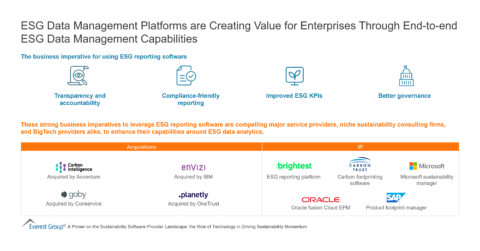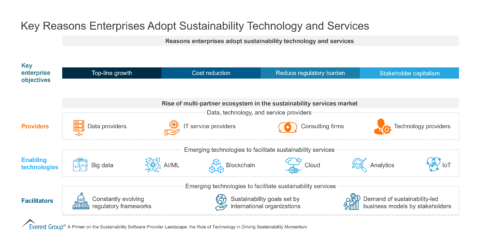Reimagine growth at Elevate – Dallas 2025. See the Agenda.
Filter
Displaying 1-10 of 93
From Chaos to Clarity – The Art of Software License Renewal Management
June 5, 2025
On-Demand LinkedIn Live
1 hour
From Vision to Reality: Defining a Net Zero Pathway for Enterprises | LinkedIn Live
On-Demand LinkedIn Live
1 hour
The APAC Cloud Market Landscape: Restructuring Your Cloud Strategy | Webinar
On-demand Webinar
1 hour
Web 3.0 and Metaverse: Implications for Sourcing and Technology Leaders | Webinar
On-demand Webinar
1 hour












